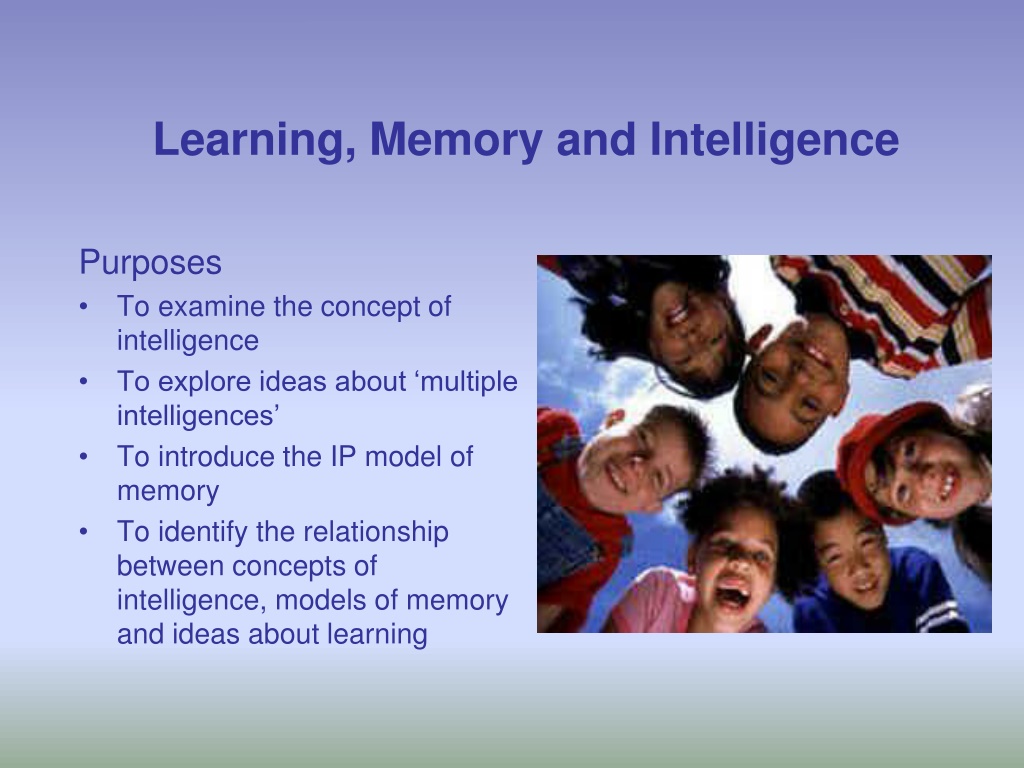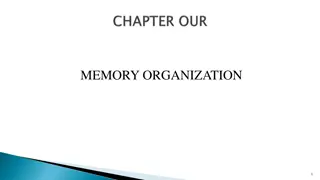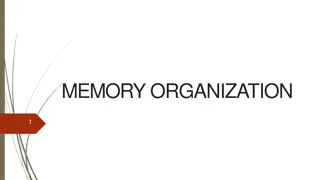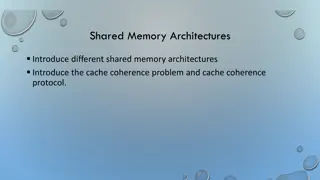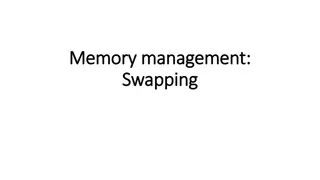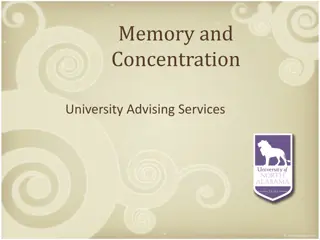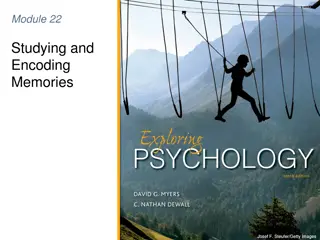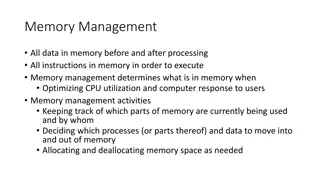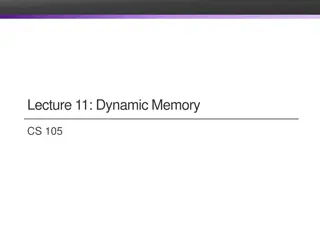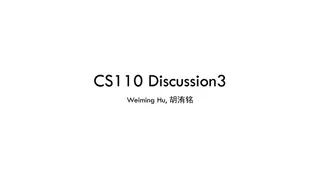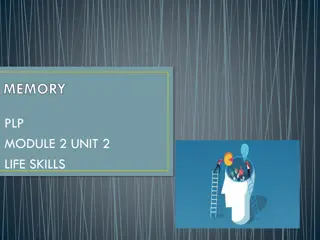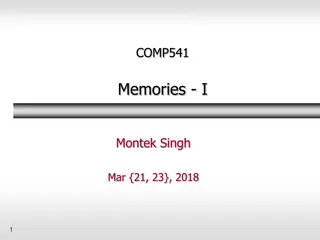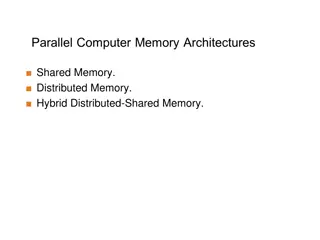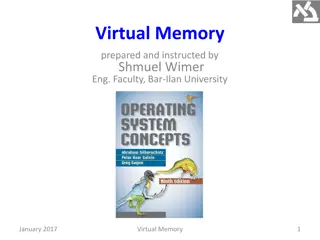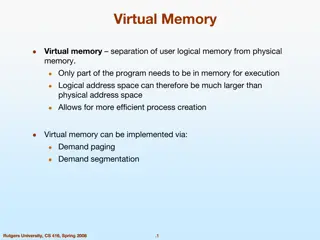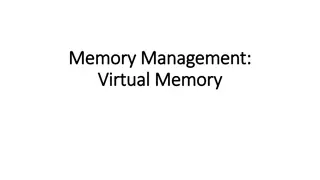Concepts of Intelligence, Memory, and Learning
This presentation delves into the concept of intelligence, explores multiple intelligences, introduces the IP model of memory, and examines the relationship between intelligence concepts, memory models, and learning ideas. It discusses various understandings of intelligence, challenges the fixed intelligence myth, and questions the traditional measures of intelligence like the concept of "g." The debate on one intelligence versus multiple intelligences is also explored in depth.
Download Presentation

Please find below an Image/Link to download the presentation.
The content on the website is provided AS IS for your information and personal use only. It may not be sold, licensed, or shared on other websites without obtaining consent from the author.If you encounter any issues during the download, it is possible that the publisher has removed the file from their server.
You are allowed to download the files provided on this website for personal or commercial use, subject to the condition that they are used lawfully. All files are the property of their respective owners.
The content on the website is provided AS IS for your information and personal use only. It may not be sold, licensed, or shared on other websites without obtaining consent from the author.
E N D
Presentation Transcript
Learning, Memory and Intelligence Purposes To examine the concept of intelligence To explore ideas about multiple intelligences To introduce the IP model of memory To identify the relationship between concepts of intelligence, models of memory and ideas about learning
Understandings of intelligence What do you understand by intelligence? What is the difference between being intelligent and intelligence? What is being valued in our conception of intelligence? What are the consequences of this? Do different cultures value different things?
The concept of g What s being measured? Verbal reasoning Numerical reasoning Visual thinking Logical problem solving Some issues Value judgements about what is measured It suggests that intelligence is fixed at birth
The concept of g What s in, what s out? Is it fixed, does it change with age? How about gender, race, culture? What about the role of environment?
One intelligence or many? Howard Gardner extended ideas about intelligence after working with and observing brain damaged patients. He proposed that many different kind of minds had evolved within the human brain each of which had a separate intelligence Image result for howard gardner gardner multiple intelligence Gardner shattered the fixed intelligence myth Dryden and Vos, 2005
MIT the critics Because MI theory, the ME theory, and EI theory are not supported by sound or consistent validating empirical evidence, and because these theories do not respect the constraints provided by cumulative empirical evidence from cognitive neuroscience research, these theories should not be taught without providing the context of their existing empirical support. [Link] Waterhouse, L. 2006. Multiple intelligences, the Mozart effect, and emotional intelligence: A critical review. Educational Psychologist 41 (4): 207 225.
MIT the critics Enthusiasm for their application to classroom practice should be tempered by an awareness that their lack of sound empirical support makes it likely that their application will have little real power to enhance student learning beyond that stimulated by the initial excitement of something new. Waterhouse, L. 2006. Multiple intelligences, the Mozart effect, and emotional intelligence: A critical review. Educational Psychologist 41 (4): 207 225.
Memories are made of this How do you remember things? What s the link between learning and memory? Is the issue remembering or retrieving? How do you conceptualise/model memory? Memory
Mr. Apple wanted to gather a basket of bananas so he could make a banana cake. He stood on a chair and used a broom to knock bananas out of a tree. The chair tipped and he fell right into a cactus. Ouch! He got out the Band-Aids and . . .
Whats going on? You probably remembered more things when you told a story about them. When you tell yourself a story, you are doing a couple of things: First, you are connecting the different pictures so that when you remember one, you remember the others, too. Second, you are making a mental picture that includes all these different things. Making a mental picture helps you remember something later. You may have discovered that making up a story didn't help you remember all the objects but you may find that it helps you remember some of the objects for a lot longer. When you make a mental picture, you use your long-term memory, and that picture may stick with you. From the Exploratorium s Brain Explorer http://www.exploratorium.edu/brain_explorer/memory.html
The Information Processing (IP) model of memory
A tempting analogy computer technology Sensory register (Human Interface Devices HIDs) Working memory/short-term memory (STM) (Random Access Memory RAM) Long-term memory (LTM) (Hard drives, CD-ROMs)
